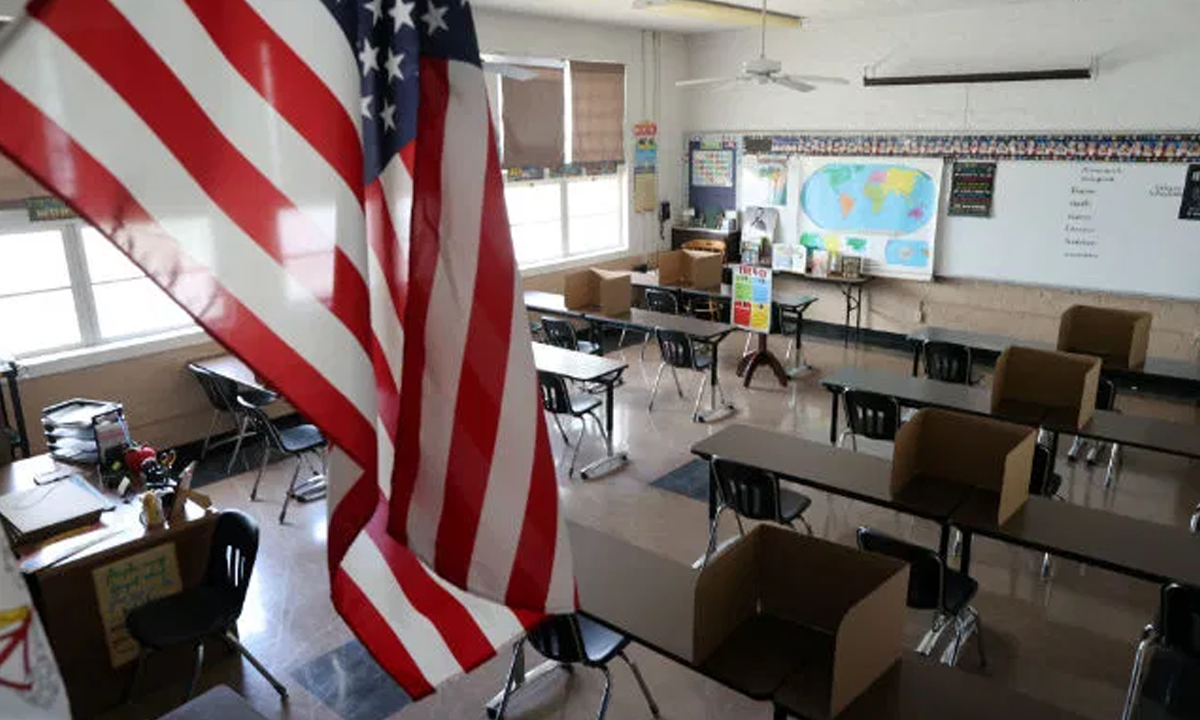This article was originally posted to the Times of San Diego and submitted to us by the author
Written by Mark Powell
The much-discussed concept of critical race theory should in no way be part of the curriculum used to teach U.S. history in California’s public schools because it is inherently conflict-ridden and divisive.
Ethnicity and race are important ways that students define themselves in the schools, and public education has made great strides in recent years to ensure the teaching of history is more diverse and representative. But more work remains to be done.
Research shows that the self-image of students can suffer when they regularly encounter negative depictions of people who look like them. Therefore, an inclusive history curriculum must include multiple perspectives in which different voices are heard to the benefit of all students.
Critical race theory, as the 40-year-old thesis is popularly understood, suggests that institutions and laws are inherently racist and that race itself, instead of being biologically grounded and natural, is a socially constructed concept that is used by white people to further their economic and political interests at the expense of people of color.
This controversial theory should not be taught in public schools, especially to students between 6 and 16 — a time when children are establishing their sense of identity. During these years, children make strides toward adulthood by developing a sense of self-esteem and individuality.
It would be counterproductive if public schools taught children that their destiny will largely be determined by the color of their skin. Rather students should be taught that they have the ability to make choices and manage their own life, and through hard work and self-determination control their own destiny.
Critical race theory suggests that American institutions, laws, and history are inherently racist. It argues that white people have put up social, economic, and legal barriers between the races in order to maintain their elite status, both economically and politically.
The result is not equality or justice. Instead, people are categorized. One’s gender, race, or sexual orientation makes you either the “oppressed” or an “oppressor,” a status from which you are freed only when existing societal structures are overthrown. Supporters of critical race theory suggest those who don’t subscribe to it are enemies in the fight to defeat racism.
It is important for schools to be honest about the parts of our history that hurt — particularly slavery and its aftermath — and to be proactive in ensuring that we end racism and inequity in the classroom and beyond. But critical race theory is not history; it is an arcane academic concept and should be treated as such. To teach it would be a divisive prescription for addressing racial issues.
Public education needs to focus on fact, not theory, especially when data shows 26% of San Diego high school students failed at least one class at the end of the first quarter this school year, compared to 21% at the same time last year. For educational leaders, addressing this problem won’t be easy. In many school systems, the rash of failed courses could overwhelm traditional approaches to helping students make up coursework they may have missed.






